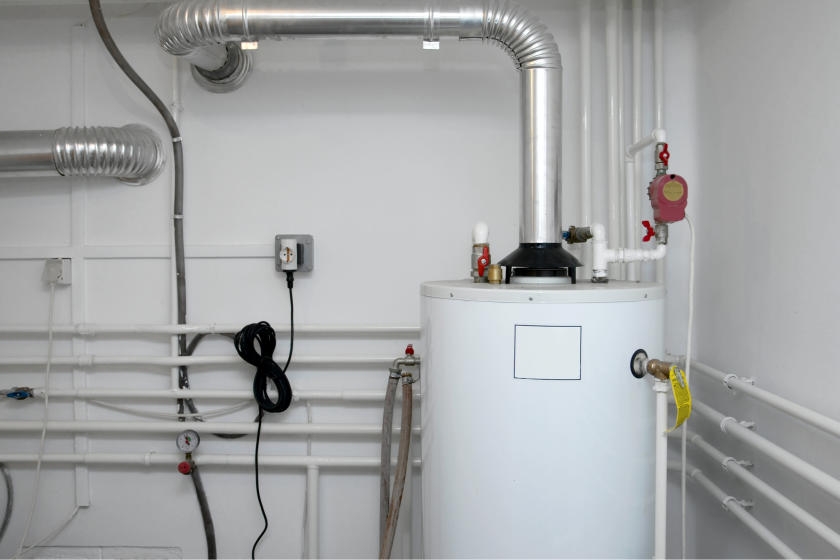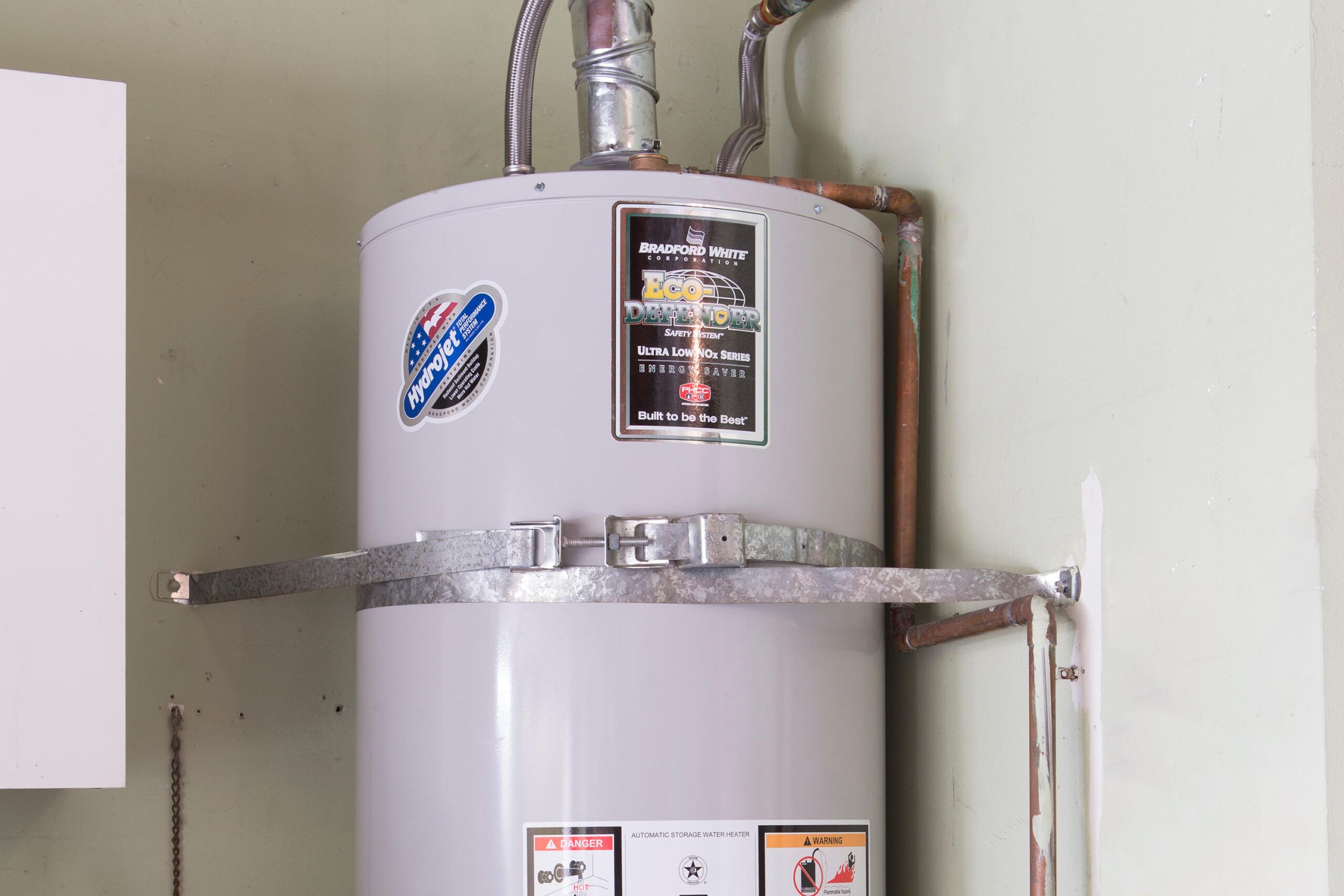Useful Techniques for Caring for Your Home's Hot Water System
Useful Techniques for Caring for Your Home's Hot Water System
Blog Article
They are making a number of good points on Water Heater Maintenance Tips You Can't Afford to Forget as a whole in this article directly below.

Hot water is vital for daily comfort, whether it's for a revitalizing shower or washing meals. To guarantee your hot water system runs successfully and lasts longer, normal maintenance is vital. This write-up offers sensible suggestions and understandings on how to preserve your home's warm water system to avoid disturbances and costly repair services.
Intro
Maintaining your home's warm water system could seem complicated, but with a few straightforward steps, you can ensure it runs efficiently for years to find. This overview covers every little thing from understanding your hot water system to do it yourself upkeep tips and understanding when to employ professional help.
Significance of Preserving Your Warm Water System
Normal upkeep not only extends the life expectancy of your warm water system yet additionally ensures it operates efficiently. Overlooking maintenance can cause lowered performance, greater power bills, and even premature failing of the system.
Signs Your Hot Water System Needs Maintenance
Knowing when your hot water system needs interest can avoid major issues. Watch out for indications such as inconsistent water temperature, unusual noises from the heater, or rusty water.
Flushing the Water Heater
Purging your hot water heater gets rid of debris build-up, enhancing effectiveness and extending its life.
Checking and Replacing Anode Rods
Anode rods prevent deterioration inside the container. Checking and changing them when worn is important.
Complicated Issues Requiring Professional Aid
Instances consist of major leaks, electric troubles, or if your hot water heater is constantly underperforming.
Regular Specialist Upkeep Perks
Expert maintenance can include thorough inspections, tune-ups, and guaranteeing compliance with safety and security criteria.
Checking and Adjusting Temperature Level Setups
Adjusting the temperature level setups guarantees optimum efficiency and safety and security.
DIY Tips for Upkeep
You can do a number of maintenance jobs yourself to maintain your warm water system in top problem.
Checking for Leakages
On a regular basis examine pipes and links for leaks, as these can bring about water damage and greater expenses.
Recognizing Your Hot Water System
Before diving right into upkeep jobs, it's useful to understand the standard components of your warm water system. Usually, this consists of the water heater itself, pipelines, anode rods, and temperature level controls.
Monthly Upkeep Tasks
Regular regular monthly checks can help capture small problems prior to they escalate.
Examining Pressure Relief Valves
Examining the pressure safety valve ensures it operates correctly and stops excessive pressure build-up.
Insulating Pipelines
Insulating warm water pipelines decreases warmth loss and can save power.
When to Call a Specialist
While DIY maintenance is advantageous, some problems call for professional competence.
Verdict
Regular upkeep of your home's warm water system is necessary for effectiveness, longevity, and expense savings. By following these ideas and recognizing when to look for expert help, you can make sure a trusted supply of hot water without unexpected interruptions.
Water Heater Maintenance Tips
Test the TPR Valve
Shut off the power and the cold-water supply valve. Place a bucket under the pipe connected to the temperature-pressure-release (TPR) valve on the top or side of the tank. (This valve opens if the tank pressure gets too high.) Lift the valve’s tab to let some water out, then let go. If water keeps flowing, drain the tank partway, unscrew the old valve with a pipe wrench, and install a new one. Check the Anode Rod
Put a hose to the tank’s drain cock and let out a few gallons of water. Now fit a 1 1/16-inch socket onto the rod’s hex head on top of the heater (or under its top plate) and unscrew the rod. If it’s less than ½ inch thick or coated with calcium, buy a new one, wrap its threads with Teflon tape, put it back in the tank, and tighten securely. Use this segmented rod if headroom above the tank is limited. Drain the Tank and Wash Out Sediment
Drain the remaining water in the tank into the bucket, then stir up the sediment on the tank’s bottom by briefly opening the cold-water supply valve. Drain and repeat until clean water comes out of the hose. Close the drain cock, refill the tank, and turn its power back on. Adjust the Temperature
Find the temperature dial on the side of the tank and unscrew its cover. Adjust the dial to 120 degrees using a flathead screwdriver. For every 10 degrees the temperature is lowered, you can expect to save up to 5 percent in energy costs. Turn the water heater off or the thermostat down to its lowest setting if you plan to be away from home for more than three days. Insulate the Pipes
Buy some self-sticking 3/8-inch-thick foam pipe insulation that matches the pipes’ diameter. Slide the foam over the hot-and cold-water pipes as far as you can reach. Insulating the cold-water pipe prevents condensation in summer. Peel the tape and squeeze the insulation closed. If the pipe is 6 inches or less from the flue, cover it with 1-inch-thick unfaced fiberglass pipe wrap. https://www.thisoldhouse.com/plumbing/21016402/how-to-maintain-a-water-heater

I was shown that article about Tips For Maintaining Your Hot Water Heater through a pal on our other web page. If you liked our post kindly don't forget to pass it around. Thank you so much for your time spent reading it.
Call Today Report this page